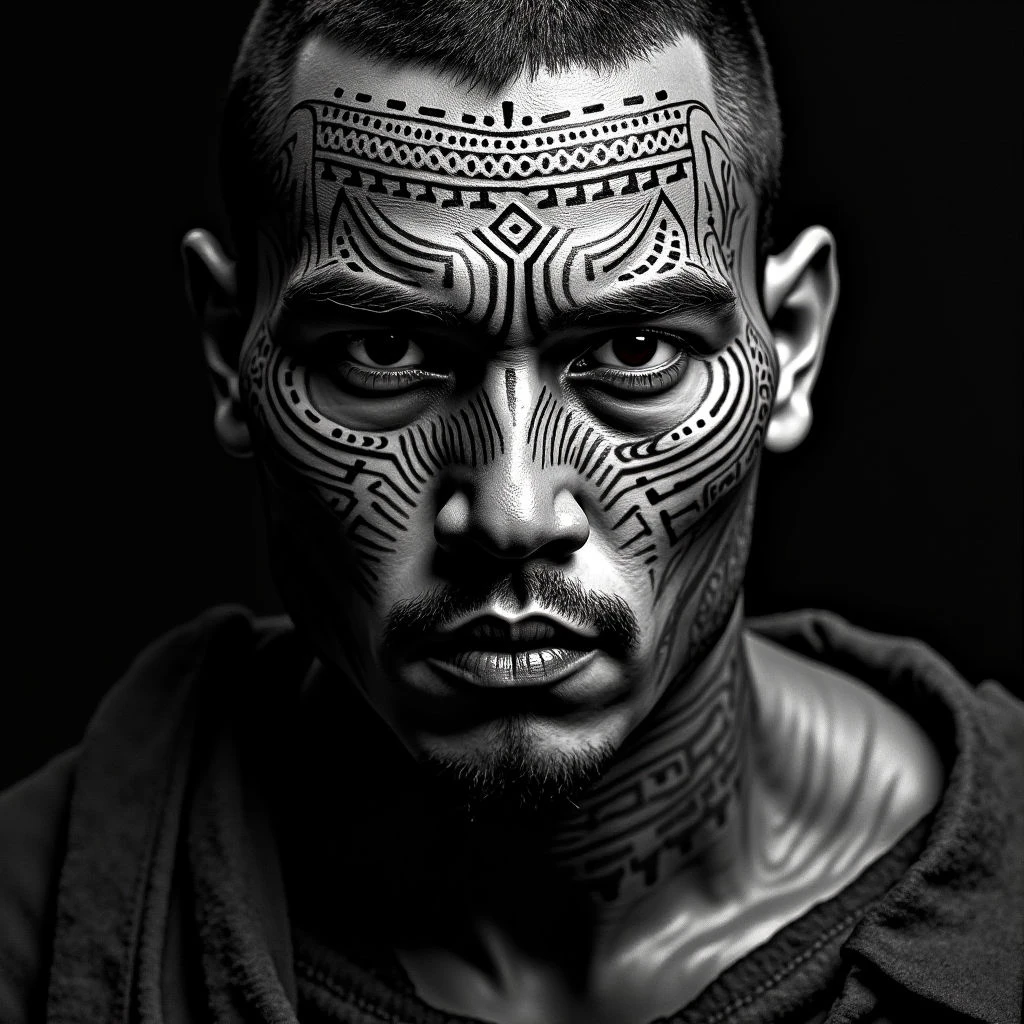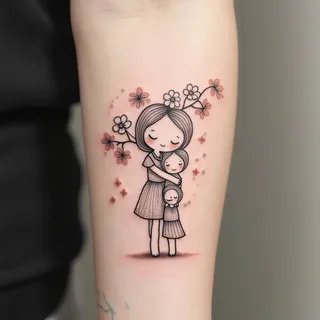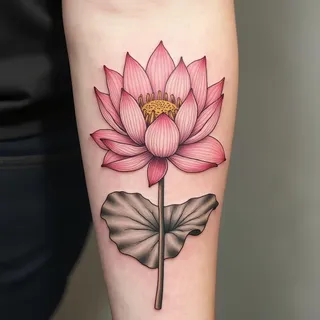Native Chin Tattoos: A Guide to Their Meaning, History, and Modern Interpretations
A Historical Perspective
Across various indigenous societies worldwide – from Maori to Aboriginal Australians to Pacific Islanders – chin tattoos served as vital markers of identity. They denoted tribal affiliation, social rank, rites of passage, and spiritual connection. The process itself was a deeply sacred ritual, often accompanied by pain and endurance tests symbolizing resilience and commitment.
Symbolism & Meaning
Maori (New Zealand)
Chin moko were intricately carved representations of genealogy, status, and personal history. Each line and swirl held specific meaning, passed down through generations.
Aboriginal Australians
Chin markings often represented clan membership, totemic animals, or spiritual journeys.
Pacific Islanders (Samoa, Tonga, Fiji)
Facial tattoos, including those on the chin, signified bravery, beauty, and lineage.
Modern Interpretations
Today, native-inspired chin tattoos represent a connection to ancestral roots, cultural pride, and personal strength. They’re a way of honoring traditions while forging one's own identity in a modern world. The design can range from geometric patterns inspired by ancient motifs to stylized representations of natural elements like mountains or rivers.
Design Considerations
If you’re considering a native-inspired chin tattoo, research is paramount. Understand the cultural significance behind any designs you choose and ensure respectful representation. Consult with an artist experienced in traditional techniques to create a meaningful and aesthetically powerful piece.


